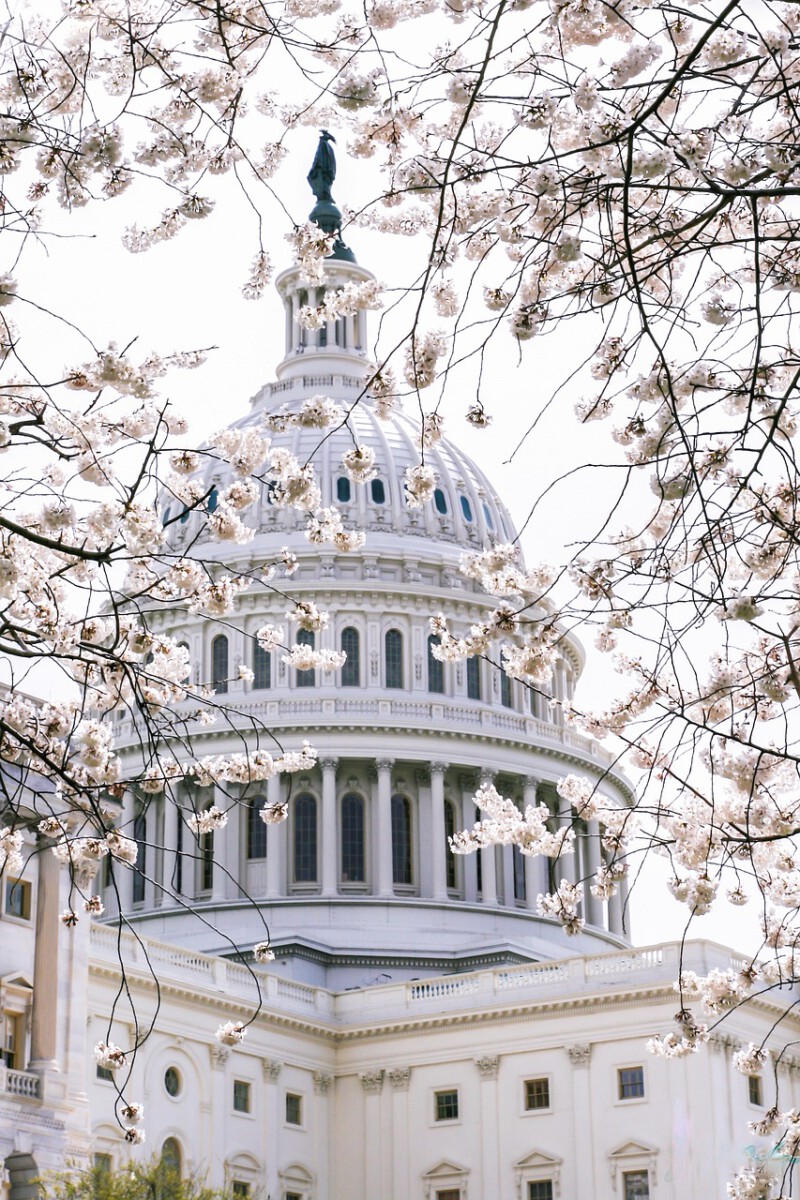The years following World War II were pivotal for the United States, marking significant changes in its societal, political, and economic landscape. These events not only shaped the trajectory of the nation but also left an indelible mark on global history. Here’s a closer look at the ten events that defined post-war America.
The Marshall Plan: Rebuilding Europe and Strengthening America
In 1948, the United States launched the Marshall Plan, a massive aid program to help rebuild European economies after the devastation of World War II. Named after Secretary of State George Marshall, the plan was not just an act of charity but a strategic move to prevent the spread of Soviet communism. By investing $13 billion (equivalent to approximately $130 billion today) into Europe, the U.S. bolstered its own economy through increased trade. It symbolized America’s commitment to global stability and showcased its emergence as a world leader. For America, this meant not just economic growth but also political influence, reinforcing its role in shaping the post-war order.
The Birth of the Civil Rights Movement
The post-war period saw the rise of the Civil Rights Movement, a crucial struggle for racial equality in America. It began gaining momentum in the mid-1950s, with landmark events like the 1954 Brown v. Board of Education Supreme Court decision, which declared school segregation unconstitutional. This era was marked by powerful figures such as Martin Luther King Jr., whose “I Have a Dream” speech resonated across the nation. The movement led to significant legislative changes, including the Civil Rights Act of 1964 and the Voting Rights Act of 1965. These efforts symbolized a broader fight for justice and equality, profoundly reshaping American society.
The Cold War: A New Era of Global Tension
The Cold War, a period of geopolitical tension between the United States and the Soviet Union, dominated the second half of the 20th century. This era was characterized by a constant threat of nuclear warfare, espionage, and ideological battles. Events such as the Korean War in the early 1950s and the Cuban Missile Crisis in 1962 highlighted the fragility of peace. The Cold War influenced American foreign and domestic policies, from military build-up to the space race. The fear and competition left a lasting impact on American culture and politics, shaping the way Americans viewed themselves and the world.
The Space Race: Reaching for the Stars
The Space Race between the United States and the Soviet Union was a significant aspect of the Cold War rivalry. It began with the Soviet launch of Sputnik in 1957, which spurred America into action. President John F. Kennedy famously declared in 1961 that the U.S. would land a man on the moon by the end of the decade. This bold vision was realized in 1969 when Apollo 11’s Neil Armstrong and Buzz Aldrin set foot on the moon. The Space Race not only demonstrated technological prowess but also inspired generations to dream bigger, emphasizing the power of innovation and exploration.
The Vietnam War: A Nation Divided
The Vietnam War was a deeply controversial conflict that defined an era of American history. Beginning as a battle against communism in Southeast Asia, it escalated into a full-scale war that divided the nation. American involvement peaked in the late 1960s, with significant casualties and widespread protests. The war’s televised coverage brought its brutal realities into American living rooms, fueling anti-war sentiment. The eventual withdrawal in 1973 marked a humbling moment for the United States, prompting introspection about foreign policy and military intervention. This period left a legacy of skepticism toward government and a questioning of national priorities.
The Rise of the Suburbia: A New American Dream
After World War II, America experienced a housing boom, leading to the rise of suburbs. This movement was fueled by the GI Bill, which provided veterans with affordable loans, and the desire for a new American dream. Suburban communities offered a sense of security and prosperity, characterized by neat rows of houses, manicured lawns, and family-centered lifestyles. The growth of suburbs transformed the American landscape and economy, leading to the expansion of highways and increased automobile ownership. However, it also highlighted issues of racial segregation and urban decline, influencing social dynamics for decades.
The Watergate Scandal: Trust in Government Shattered
In the early 1970s, the Watergate scandal rocked the nation, leading to the resignation of President Richard Nixon. It began with a break-in at the Democratic National Committee headquarters in 1972 and unfolded into a complex web of political espionage and cover-ups. Investigative journalism played a key role in uncovering the truth, exemplified by reporters Bob Woodward and Carl Bernstein. The scandal eroded public trust in government, leading to reforms aimed at increasing transparency and accountability. Watergate remains a symbol of political corruption and its potential to undermine democratic institutions.
The Feminist Movement: Redefining Gender Roles
The feminist movement of the 1960s and 1970s sought to challenge and redefine traditional gender roles in America. It gained momentum with the publication of Betty Friedan’s “The Feminine Mystique” in 1963, which sparked widespread discussion about women’s rights and opportunities. The movement advocated for equal pay, reproductive rights, and an end to gender discrimination. Key achievements included the passage of Title IX, ensuring gender equality in education, and the Roe v. Wade decision granting women reproductive autonomy. The feminist movement transformed societal norms, paving the way for future generations to pursue equality and empowerment.
The Energy Crisis: Facing New Realities
The 1970s energy crisis marked a turning point in American history, as the nation faced fuel shortages and skyrocketing oil prices. Triggered by geopolitical tensions in the Middle East, the crisis highlighted America’s dependence on foreign oil and the need for energy diversification. Long lines at gas stations and increased costs led to economic disruptions and a reevaluation of energy policies. The crisis prompted investments in renewable energy and conservation efforts, sparking debates about sustainability and environmental responsibility. It underscored the interconnectedness of global and domestic issues, shaping future energy strategies.
The End of the Cold War: A New World Order
The Cold War’s conclusion in the late 1980s marked a significant shift in global dynamics. The fall of the Berlin Wall in 1989 symbolized the end of communist influence in Eastern Europe and heralded a new era of freedom and democracy. The dissolution of the Soviet Union in 1991 further signaled the end of a bipolar world order. For America, it represented a victory for democratic ideals and capitalism. The end of the Cold War reshaped international relations, leading to new challenges and opportunities as the United States navigated its role in a rapidly changing world.


